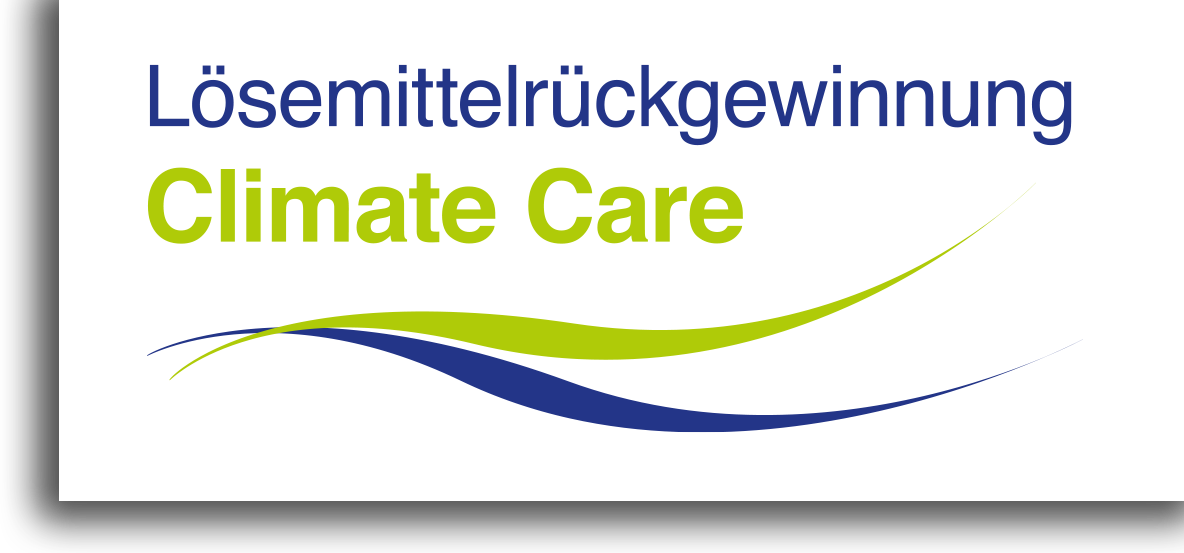
Nitrogen low-pressure process
More and more consumers are interested in balanced and healthy nutrition. This also includes keeping the intake of salts as low as possible. With the nitrogen low-pressure process, raw cured ham can be produced efficiently and with less salt.
In the nitrogen low-pressure process, nitrogen is used to introduce the flavouring and curing substances into the core of the ham in a targeted and gentle manner that does not damage tissue. This allows the salts to penetrate the ham quickly and completely. The distribution of the salts is so well controlled that overall much less raw material needs to be used.

The nitrogen low-pressure method is based on physical processes, so it is particularly suited for organic, raw cured ham, which should be produced as far as possible without nitrates and nitrites. The nitrogen low-pressure process provides a consistent cured colour and high microbiological stability without damaging tissue structures.

The nitrogen used for the nitrogen low-pressure method is inert, so it functions only as a carrier gas. If the salt is distributed before curing by hand or machine as usual, the nitrogen low-pressure process produces raw cured ham of the same quality as that made in classic dry-curing processes – but more quickly and with less salt.
The nitrogen low-pressure method was developed in cooperation with the Institute of Microbiology and Biotechnology at the German Federal Research Centre for Nutrition and Food (MRI) in Kulmbach. It has been proven in practice many times and has received the Meat Vision Award in the category ‘Most sustainable technological innovation’.


